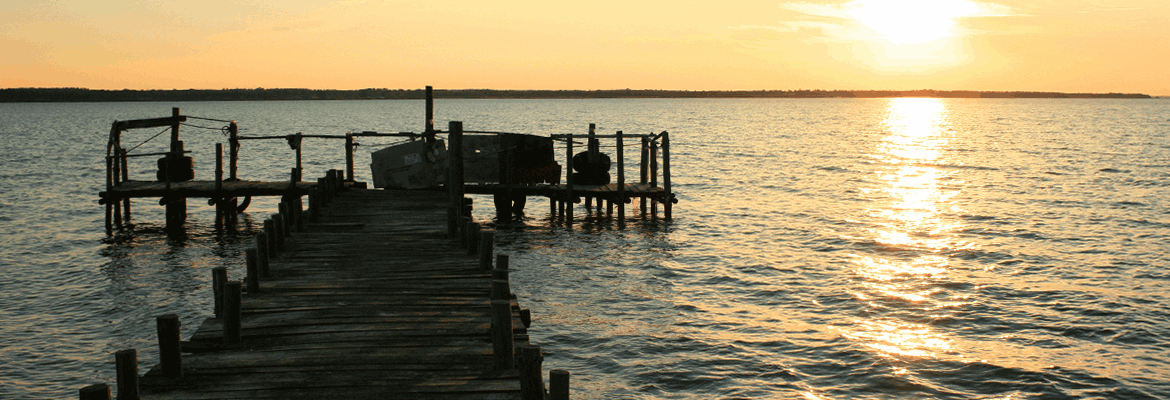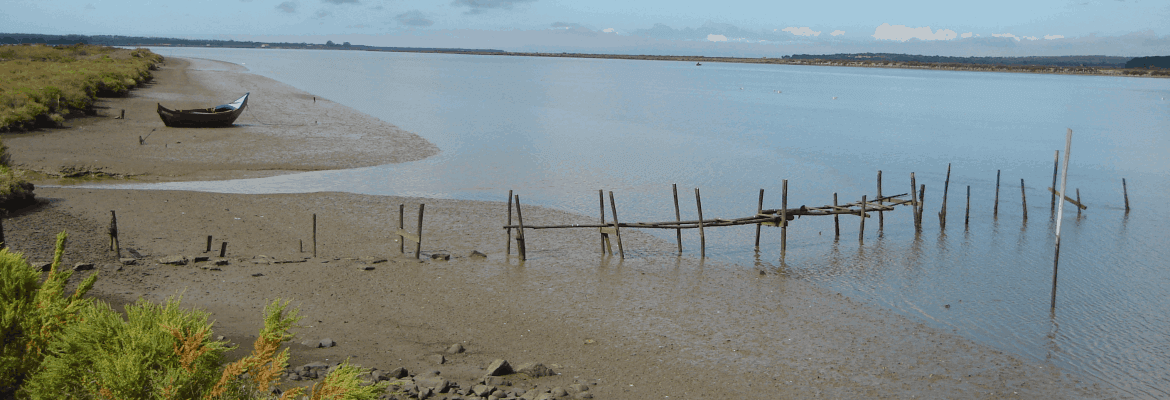Alentejo coast
The coastal Alentejo, marked out by highly relevant natural areas and a coastal strip dominated by a beach over 70 km long, between Tróia and Sines is a region where some of the great civilizations of antiquity passed through (Phoenicians, Romans and Arabs ) who, around here, were leaving marked testimonies of their presence.
The river Sado and its Nature Reserve are, in this region, the maximum exponents of a natural heritage of great importance, where the town of Alcácer do Sal plays a very central role.
The cultural heritage, climate, landscape and gastronomy are also highly attractive factors that make this territory, an authentic gateway to the Alentejo, the ideal stage for an extended visit.

Rio Sado

Navigable from distant times to the most remote places, the river Sado, with its calm and calm waters, was, for many years, the great way of penetration in the Alentejo, having attracted several ancient civilizations, namely the Phoenicians, Romans and Arabs.
Through it circulated goods and people who, using sailing vessels, connected the most inaccessible points of the Alentejo interior to the more developed urban centers, namely Alcácer do Sal and Setúbal.
The development of land transport, in the 1st half of the last century, took away its economic interest as a means of communication, currently gaining a new dimension in the context of maritime-tourism activities, through which it is possible to get to know it, even in its corners. more inaccessible.
Vale de Guizo

Vale de Guizo is a small village located along the river Sado, where people and goods circulated, until the mid-twentieth century, to and from the interior of the Alentejo.
It was, in ancient times, when the river was the means of communication used between the coast and the interior of Alentejo, the interface supporting Vila de Grândola.
Vale de Guizo, like other places along the Sado, lost its commercial importance of other times, showing, however, a growing interest in river tourism, such is the beauty of its route, dominated by absolutely unexpected nooks and crannies. , where the tranquility of the surrounding nature takes us serenely into the Alentejo countryside.
Alcácer do Sal

Alcácer do Sal is an ancient city, with human occupation that goes back to the Bronze Age and the Iron Age, having been occupied by Phoenicians, Romans, Visigoths and Arabs (The Arabs in Sado).
During the Muslim period, which ended in 1217, Alcácer do Sal, together with Palmela and Sesimbra, was part of a military defense line that allowed them to control, south of the Tagus, a vast land, sea and river territory, from the Atlantic Ocean to deep into the Alentejo plain, having been an important naval military base.
Despite the recent importance in the production of salt, Alcácer do Sal, with about 6 thousand inhabitants, today has in the production of pine nuts and in the cultivation of rice, two of its most important economic activities.
Crossed by the Sado, Alcácer is one of the most beautiful towns on the Alentejo coast, where the interest of its history is associated with its gastronomy, its handicraft and its hospitable people